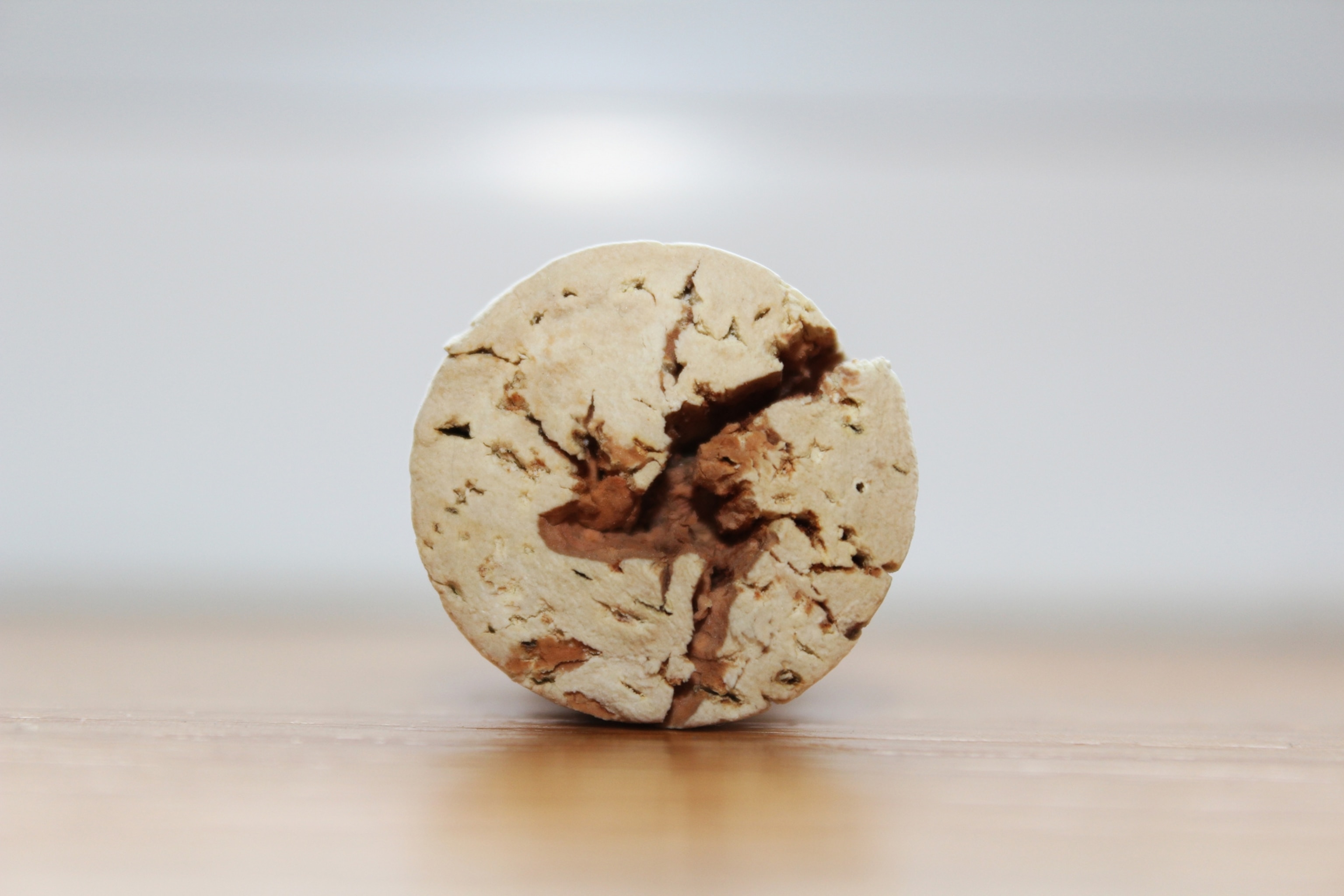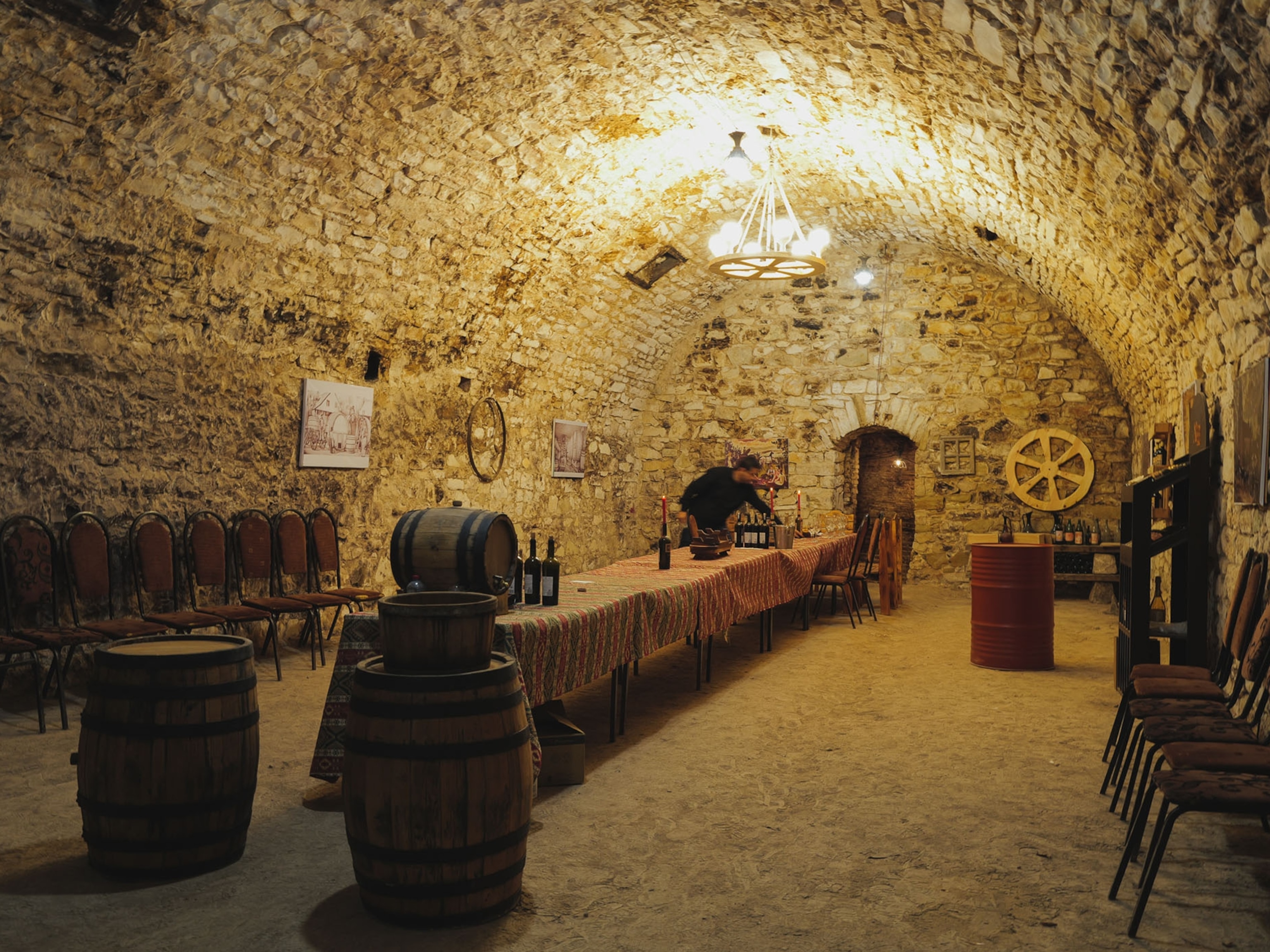
Corked!
The bad news is that wine corks may be on their way out. The good news is that we may not miss them much.
Cork—the spongy, lightweight material of bulletin boards and linoleum—has been exploited by people for at least 4000 years. In the ancient world, it was used for fishing floats and sandal soles, as plugs for jugs and barrels, and as insulation for soldiers’ helmets and beehives. Swimmers used it to keep themselves above water: in Virgil’s Aeneid, the infant princess Camilla is saved from capture when her father stuffs her into a “case” of cork and flings her into a river. Dioscorides—first-century Roman physician and author of a five-volume medical encyclopedia—recommended cork for baldness, stating hopefully that “charred cork rubbed on bald patches with laurel sap makes the hair grow again, thicker and darker than before.” Amphorae, still stoppered with cork, have been dredged up from ancient Greek shipwrecks and unearthed from the rubble of Pompeii.
Cork disappeared from common use with the fall of Rome, only re-emerging in the 17th century when glass bottles became readily available. The French generally get the credit for (re)discovering the benefits of sealing bottles with corks, which—being pliable and impermeable to water—were markedly better than the period’s previous sealant of choice, a plug of wood wrapped in cloth. By 1615, Gervase Markham in his advice manual The English Hus-wife (Containing the Inward and Outward Virtues Which Ought to Be in a Complete Woman) included detailed instructions for bottling (and corking) beer:
“You should put it into round bottles with narrow mouths, and then, stopping them close with corks, set them in a cold cellar up to the waist in sand, and be sure that the corks be fast tied in with strong pack thread, for fear of rising out and taking vent, which is the utter spoil of the ale.”
“Taking vent” was a problem not only with beer, but with the fizzy wines that came to be called champagne. Historical sources agree that the famous 17th-century French monk Dom Pérignon—despite a host of legends—invented neither champagne nor the champagne cork, and almost certainly never cried, at his first bubble-filled gulp, “Come quickly, I am drinking stars!” He did, however, expand his abbey’s vineyards and improve on the wine-making process—and inevitably he watched a lot of his bottled champagne explode.
Champagne, as everyone knows who has ever popped a celebratory cork, is volatile stuff. This is due to a second fermentation that takes place inside the sealed bottle, generating bubbles of carbon dioxide gas and building pressures of up to 90 pounds per square inch—three times that found in the average automobile tire. Champagne corks, released, rocket out of bottles at fifty miles per hour, and—in the early days of the champagne industry—exploding bottles periodically set off chain reactions, decimating the year’s harvest and the cellar. By the eighteenth century, champagne—the wine industry’s equivalent of nitroglycerin—had acquired the nickname “devil’s wine,” and champagne workers had taken to wearing protective iron masks. The problem was only solved in the 19th century, with the introduction of the muselet—from the French for muzzle—the little wire cage that holds the straining champagne cork firmly in place.
Cork, for the past 400 years, has been the sealant of choice for wine, fostering a $4 billion cork industry and providing stoppers for an annual 20 billion bottles of—among others—Chardonnay, Cabernet Sauvignon, Merlot, and Pinot Noir. Most corks come from Portugal or Spain, and all come from the bark of Quercus suber, the cork oak, an evergreen tree native to southwest Europe and northwest Africa.
Though the classic children’s book The Story of Ferdinand—the tale of the peaceful bull who wanted only to sit and smell the flowers—shows the title character sitting under a tree from which corks dangle like bunches of grapes, cork is actually peeled in strips from the tree’s thick trunk. And there lies today’s problem: to make wine corks, cork makers need bark at least an inch thick, and most cork trees now are producing just a fraction of that. The reason, suggest Rita Teixeira and colleagues at the University of Lisbon in a recent paper in the Journal of Experimental Botany, may be climate change. Indications are that the thinner bark is an adaptive response to higher temperatures, reduced rainfall, and increased exposure to ultraviolet light.

Trees with thick bark—high-quality cork trees—Teixeira found to be laden with heat-shock proteins, helpful molecules that protect the tree from stress and promote cell division, which makes for fatter bark. Thin-barked trees, on the other hand, have fewer heat-shock proteins, but instead are crammed with phenolic compounds, sunscreen-like molecules that absorb harmful UV. Lousy cork, in other words, may be the result of the tree’s attempt to offset increased radiation levels.
Some vintners, rather than mourning the possible demise of corks, suggest that cork’s departure from the wine-bottle scene is long overdue. Bad corks, they point out, do awful things to wine. Ideally, corks allow just enough oxygen to pass into the wine to allow for the development of all the complex flavors that accrue with aging. Bad corks, on the other hand, have with too many lenticular channels—little air conduits—that allow too much oxygen to pass, which may lead to the formation of acetic acid and give wine a sour, vinegary taste.
Even worse is the phenomenon of “corking,” which at best gives wine a flat, blah flavor and at worst makes it smell off-puttingly of wet cardboard and mold. The culprit is a compound called 2,4,6-trichloroanisole or TCA, a bacterial or fungal product, that human drinkers are capable of detecting in amounts as low as a few parts per trillion. No one agrees how many wine bottles suffer from corking—estimates range from 1-10% – but the anti-cork faction points out that the problem could be eliminated altogether by eliminating corks.
Since 1990, a number of cork alternatives have come on the market, including synthetic corks and screw caps. Ongoing studies at Oregon State University and UC Davis comparing wines with various kinds of wine-bottle closures have found—at least so far— that there’s not much difference among them. Most people found that wine topped by a plebian screw-cap and wine topped by a sophisticated cork tasted—well, pretty much the same. The future of wine closures, predicts George Taber, author of To Cork or Not to Cork, may be eclectic: vintners, offered a range of possibilities, may choose all of the above.
I can’t help but think, though, that there’s just not going to be the same flourish when it comes to cracking the screw-cap on a bottle of champagne.

The Curious Corkscrew
Neck and neck with the development of the bottle cork came the invention of the corkscrew—whose design, historians guess, may be based on the “gun worm,” a device originally used to weasel unspent bullets and other residue out of a musket barrel. The first known patent for a corkscrew was granted to a British clergyman, Samuel Henshall, in 1795, who seems not to have made much money on it. The so-called “Butler’s Friend”—a single-lever corkscrew with attached knife blade (the TSA will confiscate it)—came along in 1882; and the popular double-winged corkscrew—common in kitchen drawers today—dates to 1888. Both of these have proved more effective than the first American corkscrew, patented in 1860 by George Blanchard of New York, which was designed to double as a nutmeg grater.
A corkscrew collector, incidentally, is known as a helixophile.
This story is part of National Geographic’s special eight-month Future of Food series.
References
- He, J., et al. “Effect of wine closure oxygen permeability on volatile sulfur compounds in pinot noir and chardonnay wines during post-bottle aging.” American Chemical Society meeting, March 25, 2010.
- Pereira, Helena, ed. Cork: Biology, Production, and Uses. Elsevier Science, 2007.
- Taber, George M. To Cork or Not to Cork: Tradition, Romance, Science, and the Battle for the Wine Bottle. Scribner, 2009.
- Teixeira, R. T., et al. “Comparison of good- and bad-quality cork: application of high-throughput sequencing of phellogenic tissue. Journal of Experimental Botany, June 2014.








